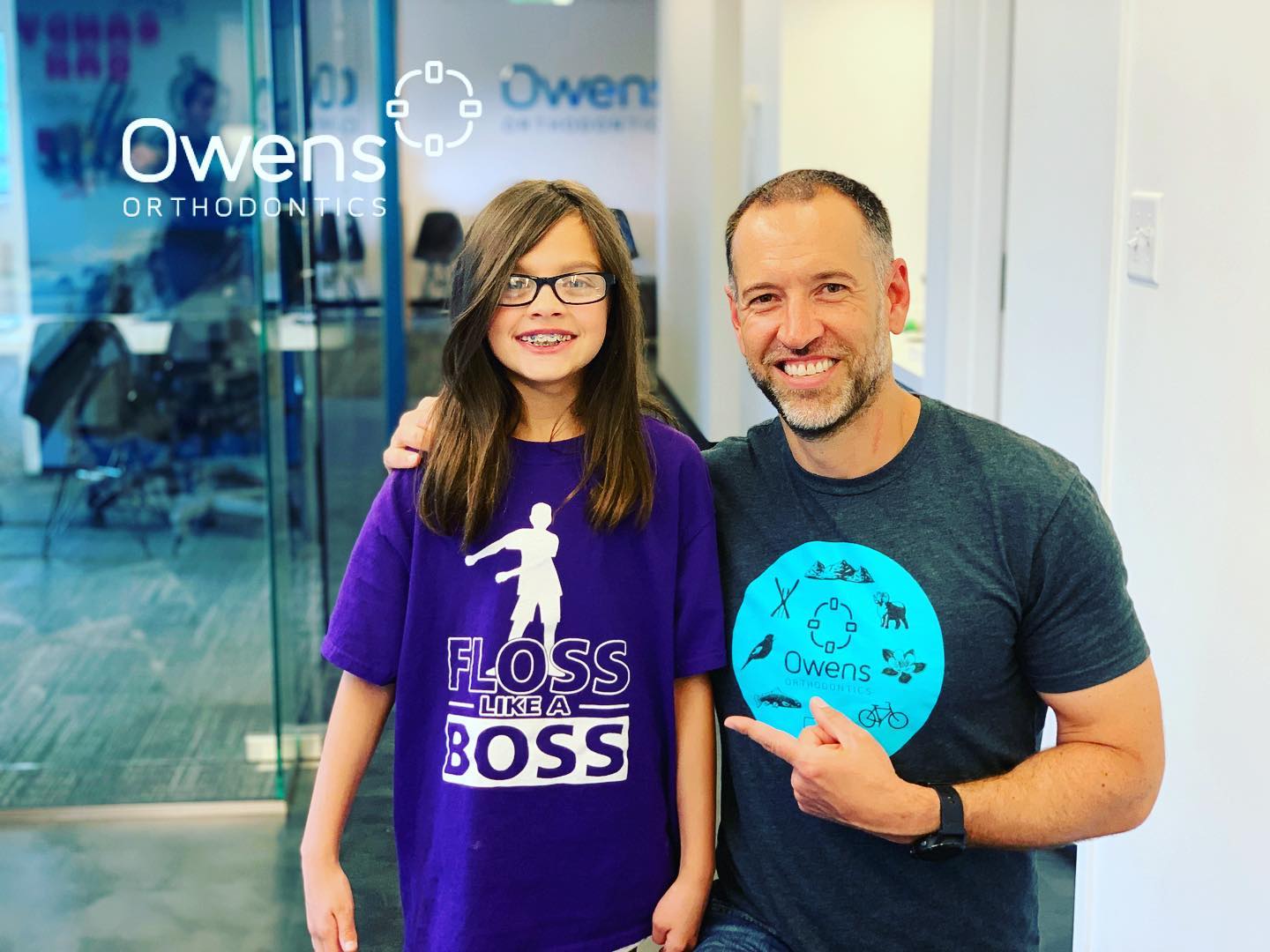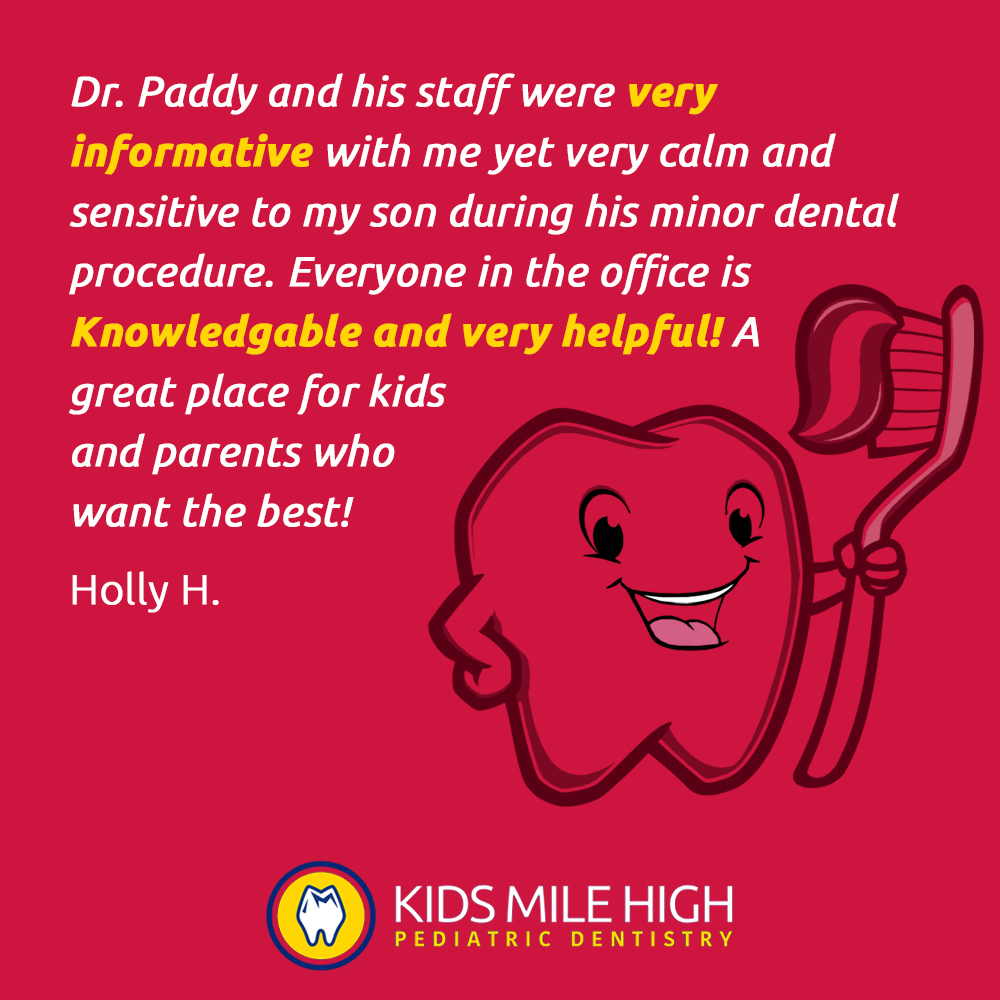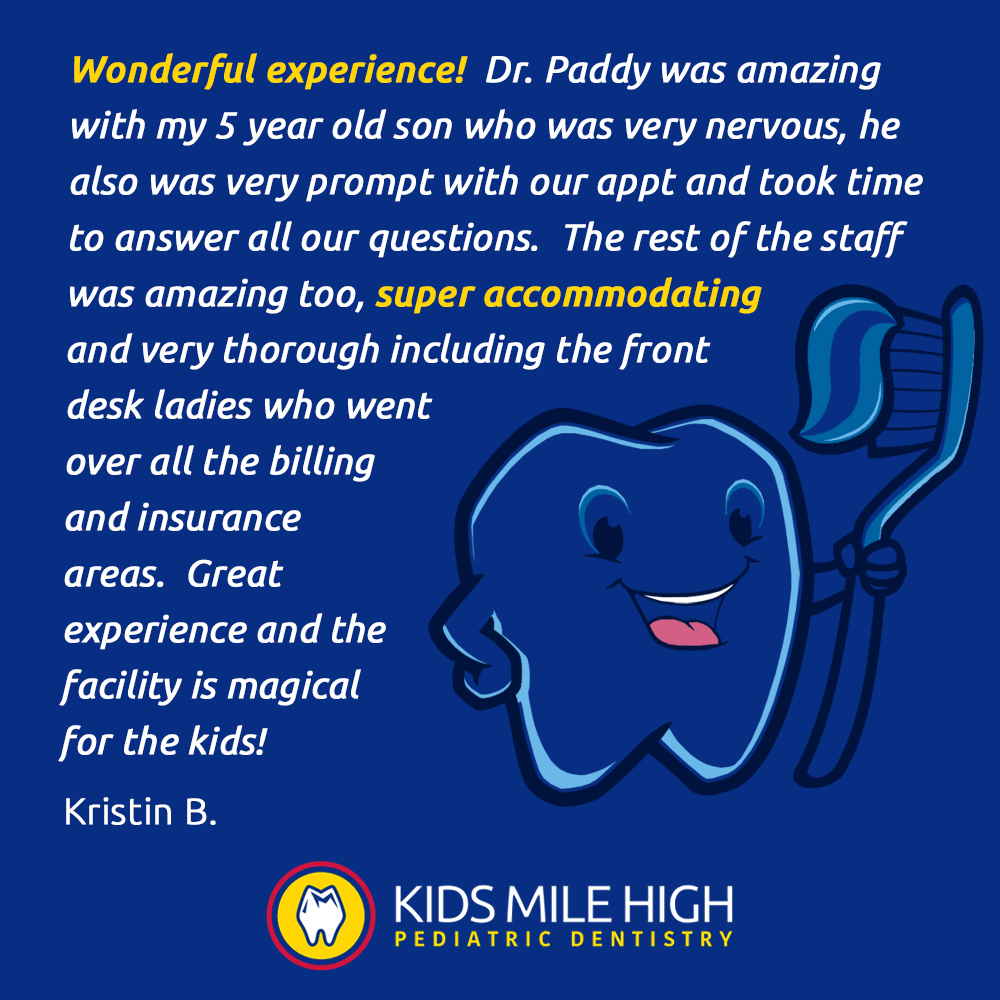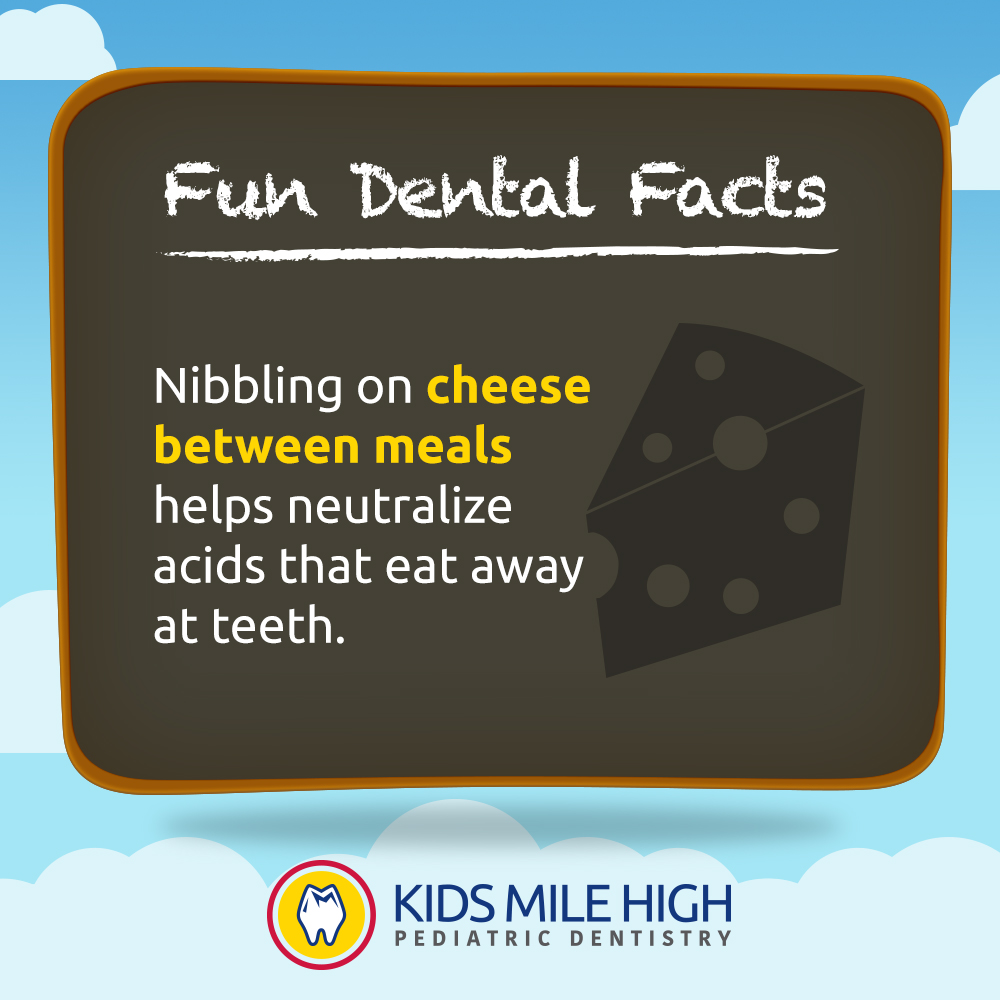
Babies grow up so fast! It seems like one day, your sweet baby is melting your heart with gummy smiles. The next day, they’re teething, and before you know it, they’re winning you over with toothy grins! So when can you expect those little pearl whites to actually start showing up? Every kiddo’s teething timeline is unique, but it typically starts around six months old with the eruption of a lower front tooth — and a host of teething symptoms. Some, like biting and chewing, irritability, and loss of appetite make sense as a response to the discomfort of cutting a tooth. But are all the things you see directly connected to infant teething?
Your Denver-area pediatric dentists at Kids Mile High to the rescue with answers! We’re here to help alleviate your uncertainty by covering six symptoms commonly attributed to infant teething and answering whether science actually links them to teething.
1. Does Teething Cause A Fever?
Many parents will swear that fever is a teething symptom. However, research generally shows that while teething might cause a slight increase in temperature due to inflammation in the gums from teeth erupting, the increase isn’t typically high enough to be an actual fever. According to this study, the answer to the question, “Do babies get fevers when teething?” is essentially that they shouldn’t. However, increased temperature is typical the day before and the day of a tooth erupting, but these temperatures aren’t in fever territory. If your child does have a fever during or after a tooth erupts, we recommend calling your pediatrician.
2. Red Cheeks When Teething
Are red cheeks when teething a surefire symptom of new teeth coming in? Scientifically, red cheeks can happen because of the slight temperature rise we mentioned above. Face-rubbing because of oral discomfort can also lead to red cheeks when teething, while increased drooling can irritate skin and cause redness or a rash on your wee one’s chin.
3. Is Diaper Rash a Symptom of Teething?
Speaking of rashes, what about diaper rash as a symptom of infant teething? No, diaper rash isn’t a direct symptom of teething, though a child experiencing diarrhea (as we’ll cover next) might get diaper rash from it.
4. Is Diaper Rash a Symptom of Teething?
Speaking of rashes, what about diaper rash as a symptom of infant teething? No, diaper rash isn’t a direct symptom of teething, though a child experiencing diarrhea (as we’ll cover next) might get diaper rash from it.
5. Does Teething Cause An Earache?
Earache and teething: directly related? Research shows that the answer to “Does teething cause earache?” is yes. In our experience as pediatric dentists, Dr. Paddy, Dr. Roger, and Dr. Meredith know that earache is one of the common teething symptoms kids experience. How do teething earaches happen? Teething pain can radiate and travel from your child’s mouth into their face and head, making your little one’s tiny ears feel achy.
6. Is a Runny Nose a Symptom of Teething?
Some experts say a runny nose isn’t a direct symptom of infant teething — it’s stress on the body from erupting teeth that can make babies more susceptible to germs, leading to sickness and a runny nose. On the other hand, this study published in Pediatrics did find a correlation, making the answer to “Is a runny nose a symptom of teething?” anything but cut and dried. Again, the safest step is to see your pediatrician if you’re concerned about your little one’s runny nose.
So, what’s the verdict? Well, while some teething symptoms — like drooling and biting — are directly related to teething, others, like fever and diarrhea, are more likely caused by other factors. As always, keep a close eye on your little one and check with your pediatrician if you’re unsure.
Have any other questions about teething? Your Denver-area pediatric dentist has got you covered. Come in to see us at your kiddo’s first birthday so we can chat about avoiding cavities for your child’s tiny smile and spot any baby teeth dental issues early on those first teeth.
Set up a first visit today at our award-winning pediatric dental offices in Englewood, Central Park, or Thornton, CO!









